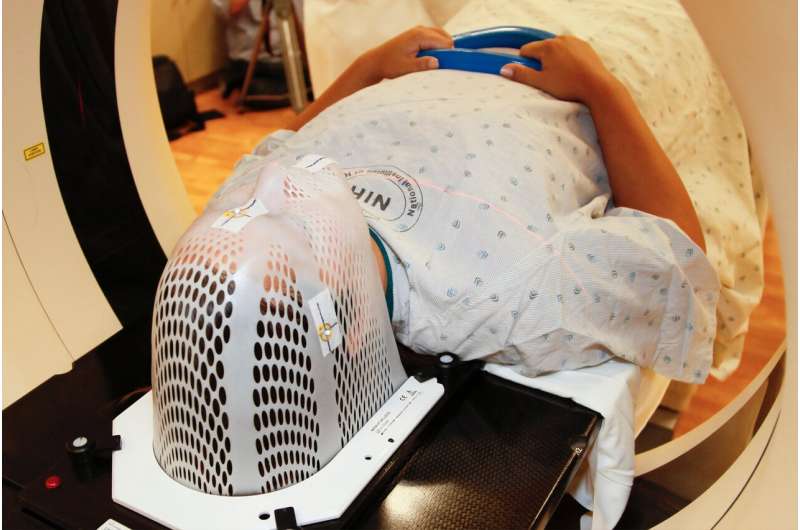Missouri Legislation Boosts Breast Cancer Screening Rates

Legislative changes in Missouri have led to increased breast cancer screening rates, especially among Medicaid patients, with greater adoption of advanced imaging techniques like digital breast tomosynthesis. This policy shift contributes to early detection efforts and reducing disparities in breast cancer outcomes.
Recent legislative changes in Missouri aimed at expanding breast cancer screening coverage have resulted in a significant increase in screening rates among Medicaid patients, as well as a higher adoption of digital breast tomosynthesis (DBT). A comprehensive study published in the Journal of the American College of Radiology examined the impact of these law changes, which include provisions for annual mammograms starting at age 40.
The research analyzed data from 1,008,881 women, with 41.4% residing in Missouri, spanning from 2015 to 2022. Findings revealed that women with Medicaid and commercial insurance were more likely to undergo mammography after the law was enacted, with odds ratios of 1.45 and 1.05 respectively, compared to women with Medicare Advantage, which is governed by federal regulations.
Additionally, the use of digital breast tomosynthesis, an advanced imaging technique offering better detection capabilities, increased notably among women with Medicaid within Missouri and border states, with odds ratios of 2.31 and 1.24 respectively. These improvements highlight the influence of policy on healthcare access and preventive practices.
Amy K. Patel, M.D., from The Breast Care Center at Liberty Hospital, emphasized that policy modifications can play a crucial role in reducing disparities and improving outcomes in breast cancer care, especially in Missouri, which faces some of the worst racial and socioeconomic disparities in breast cancer mortality. This legislation marks a positive step toward ensuring more women are screened early for breast cancer, potentially saving lives through earlier detection and treatment.
This study underscores the importance of legal and policy frameworks in shaping health behaviors and access to lifesaving screening services.
Source: https://medicalxpress.com/news/2025-08-missouri-law-linked-breast-cancer.html
Stay Updated with Mia's Feed
Get the latest health & wellness insights delivered straight to your inbox.
Related Articles
Critics Challenge MAHA Report for Undermining Success of Asthma Medications in Children
Experts criticise the MAHA report for undermining the vital role of asthma medications in children's health, warning of potential policy and access implications.
Short-Course Radiation Therapy After Prostate Surgery Reduces Cancer Recurrence
A recent study shows that five-session stereotactic body radiotherapy after prostate surgery effectively reduces cancer recurrence with manageable side effects, offering a quicker alternative to traditional radiation treatments.



